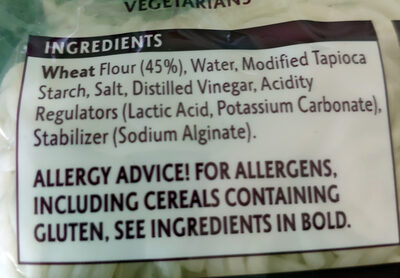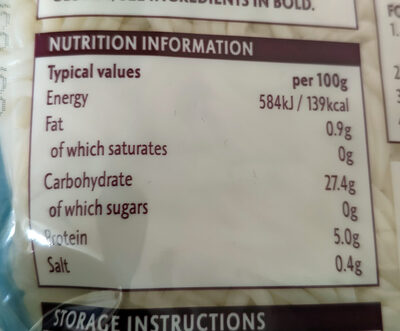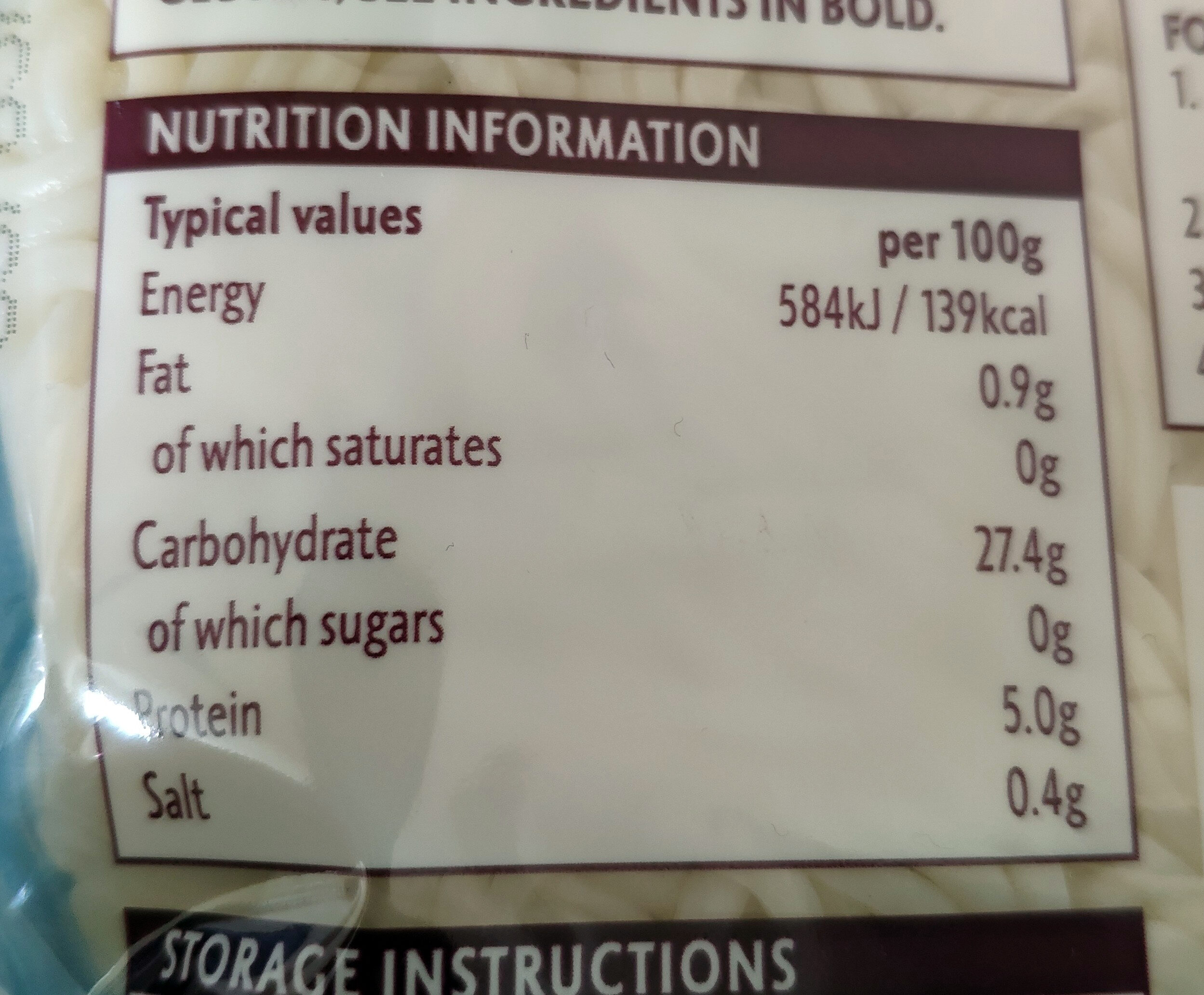Ramen Chinese stir-fry noodles - Tiger Tiger - 400g
Aquesta pàgina del producte no està completa. Podeu ajudar a completar-la editant-la i afegint-hi més dades a partir de les fotos ja disponibles, o fent-ne més amb l'aplicació de androide o iPhone / iPad. Gràcies!
×
Codi de barres: 5024448562307 (EAN / EAN-13)
Nom comú: Ramen Chinese stir-fry noodles
Quantitat: 400g
Marques: Tiger Tiger
Categories: Aliments i begudes amb base vegetal, Aliments amb base vegetal, Pasta, Fideus, en:Chinese noodles
Etiquetes, certificacions, premis: Vegetarià, Sense aromes artificials, Sense conservants artificials, Sense colorants artificials, Sense colorants ni aromes artificials
Botigues: Tesco
Països on es va vendre: França, Espanya, Regne Unit
Matching with your preferences
Entorn
Empaquetament
Transport
Report a problem
Fonts de dades
Producte afegit per kiliweb
Última modificació de la pàgina del producte per alia.
La pàgina del producte, també editada per averment, elcoco, openfoodfacts-contributors, thaialagata, yuka.ZFBrU0tQc2htOU03bWNRQzhETG8zTWhGK1ppMkExcVJkY28vSVE9PQ.










